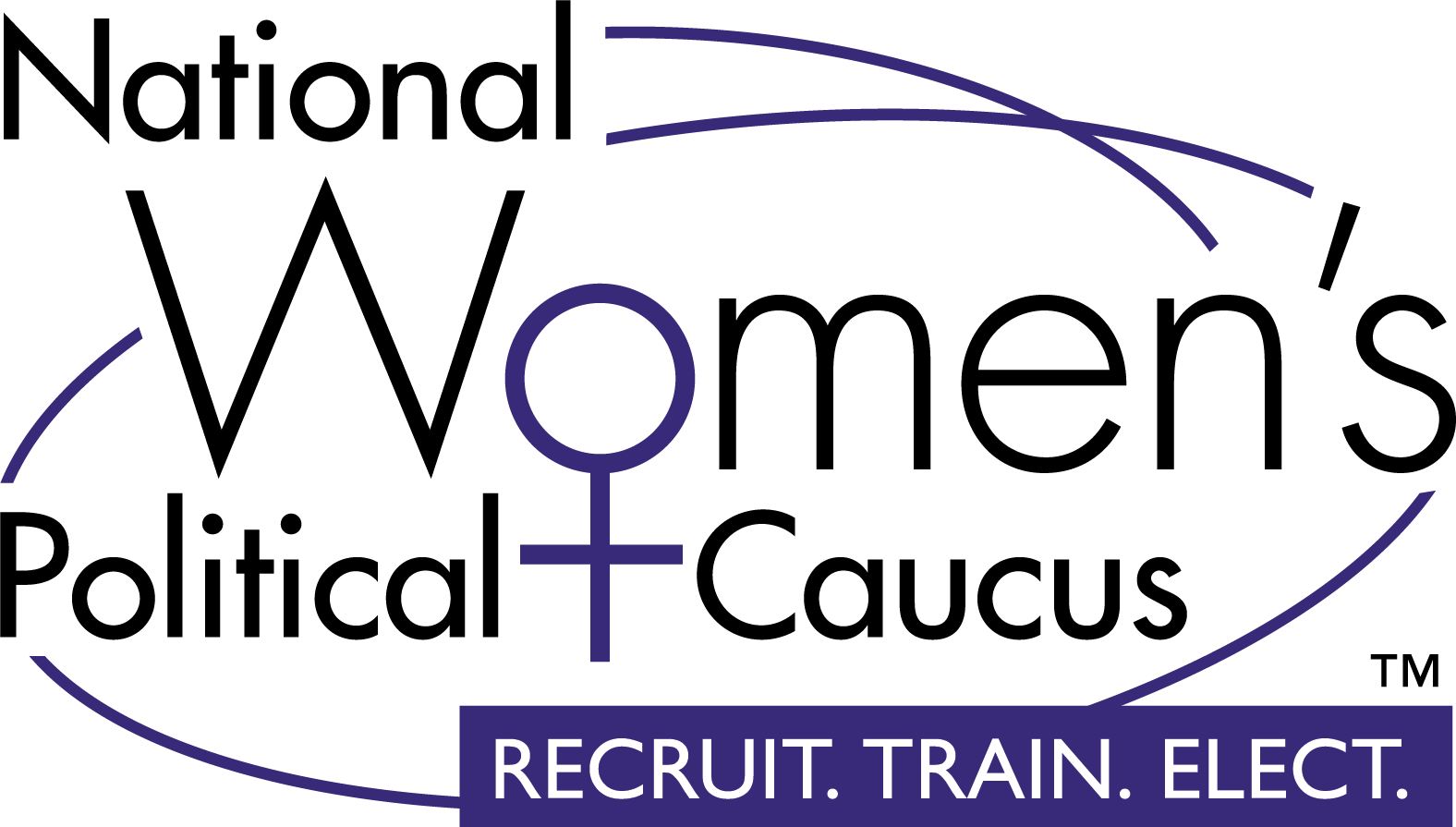By Dr. Carmen Schaye, NWPC Vice President of Diversity
Homelessness remains a chronic issue in the United States, particularly in the major cities. Despite our expansive financial resources, thousands of people fall through the cracks each year due to addiction, mental illness, or sheer economic necessity. As such, homelessness is a sort of “canary in the coalmine” for problems in our social safety net. When the infrastructure doesn’t work, people end up on the streets.
The scary reality is that, in the modern U.S., many people are only one unforeseen event–an illness, losing a job, a sudden rent hike–from homelessness. Many are not addicts or mentally ill. They simply couldn’t afford to have a home. Many others live in near-homeless situations, living out of their car or couch-surfing. That economic reality has endangered a fast-growing population: homeless women and children.
Women are 35% more likely to live in poverty than men, thanks to a compounding set of economic factors. The gender pay gap means that women often take home less pay, and women’s societal role as primary caregivers means that they often have more mouths to feed. These conditions keep women in a vulnerable economic limbo. Coupled with an affordable housing crisis in major cities, women face a daunting path in the face of economic downturn. A single unforeseen event could push these working women onto the streets before they have a chance to make a contingency plan.
Furthermore, the factors that drive women into homelessness differ from their male counterparts. The majority of homeless women (63%) are survivors of domestic abuse, and 1 in 4 reports domestic violence as the main factor in their homelessness. Women who are out of the workforce and rely on abusive partners financially are at high risk for unstable housing after leaving an abusive relationship. These women are forced to make the impossible decision of choosing homelessness rather than enduring continued domestic violence.
While all homeless people are exposed to violence and uncertainty, homeless women are particularly vulnerable. They are far more likely to experience sexual violence. Up to 92% of homeless women have experienced severe sexual or physical assault at some point in their lives. Not having a home often means sleeping in male-dominated shelters. Homeless women have very little access to healthcare and maternal care, should they become pregnant. They are lacking even simple supplies like pads or tampons for their basic health needs. The physical and emotional toll of this daily trauma becomes physically damaging. The average homeless woman in her mid-fifties is as physiologically aged as housed women in their seventies.
Institutional barriers to women’s economic independence fit into the larger picture of misogyny and sexism in the United States. It is no coincidence that the U.S. has the largest number of homeless women amongst developed world nations. Where other countries would provide support structures to ensure women’s safety and provide for their economic well-being in times of need, the United States allows them to fall into dangerous conditions that are near-impossible to overcome. If a society cannot protect its women and children, there is something seriously wrong.
We need to create policies and support institutions that provide people–particularly women and children–with footholds to stop their fall into homelessness. People in economically tenuous positions should not be one bad day away from homelessness. That sort of slippery slope is dangerous for the citizen and expensive to taxpayers. Once someone becomes homeless, it is exceedingly difficult to rehouse and restabilize their lives. The economic and social cost can be mitigated greatly by intervening at the earlier stages
Featured image credit: The Conversation

